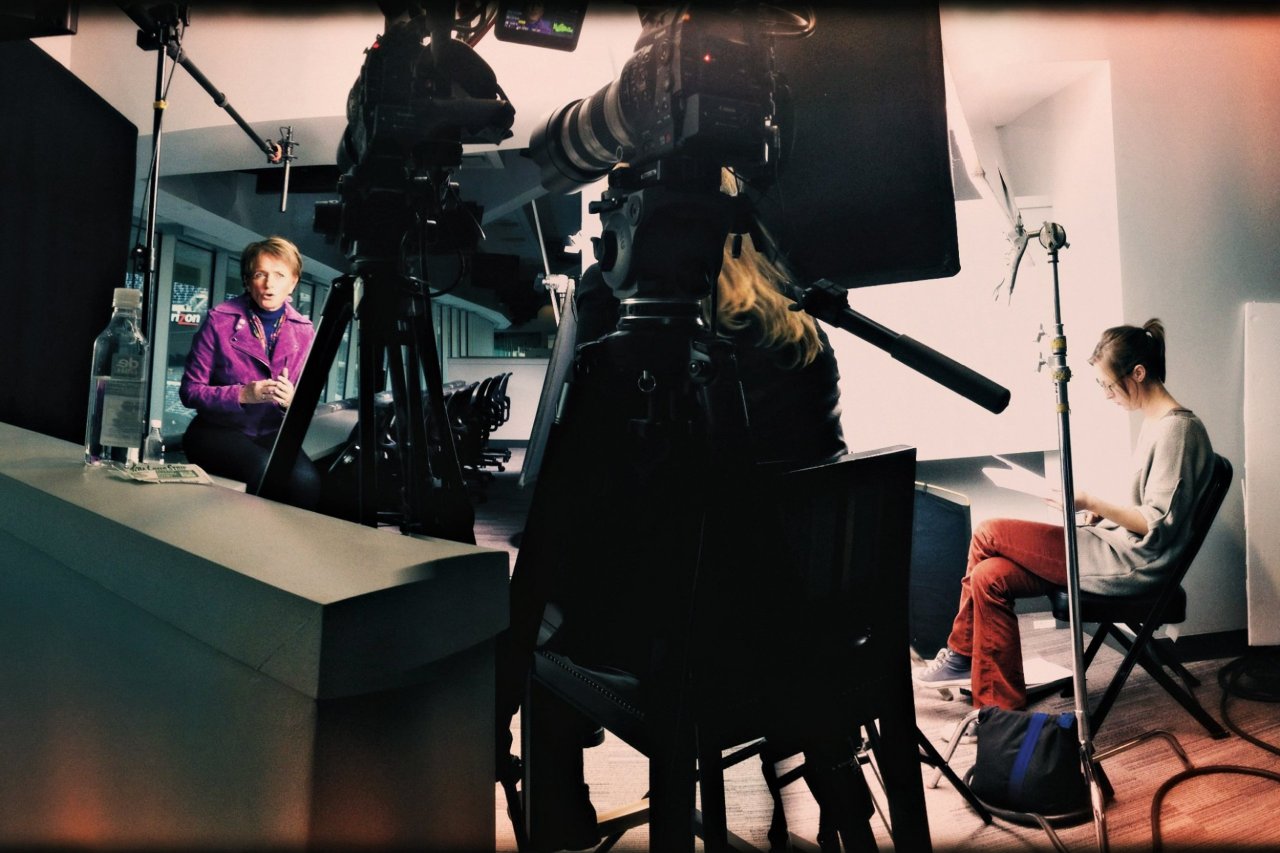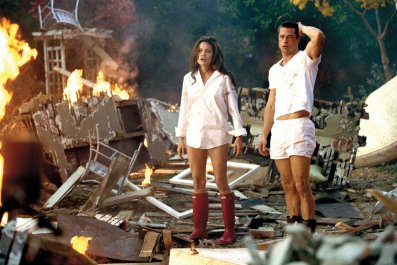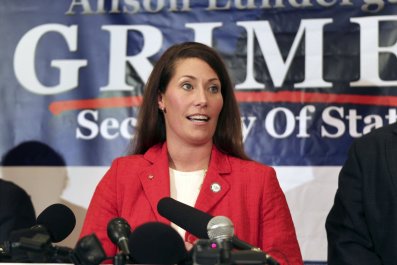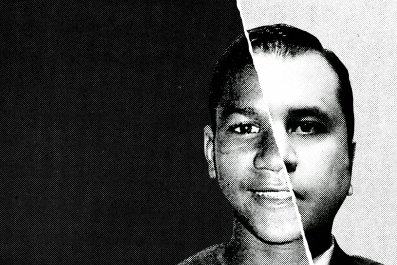COACHES PHYSICALLY pushed them out of locker rooms. Players taunted them, slapped them with towels, and poured water over them. They got death threats from people who called them harlots, perverts, and lesbians.
Such attacks were routine for female sportswriters in the late '60s and '70s. Even as journalism opened up to allow women to cover professional athletics, they faced formidable hurdles—including being banned from locker rooms, where male reporters fraternized with players and coaches. Now the story of their fight for equal access is getting the ESPN treatment in the documentary Let Them Wear Towels, which aired this week and will be broadcast throughout the summer and available for download on iTunes and Amazon.
"They all ran up against this idea of the closed locker-room door as the thing that prevented them from being the best in their career that they could be," said Ricki Stern, who co-directed the film with Annie Sundberg. "It all came down to fairness—I can't do as good a job as my male sportswriter if I don't have the same access."
Women first started reporting on major-league sports in the 1970s, during the social upheaval of the civil-rights and women's movements. During that time, outlets like The New York Times and The Washington Post were hit by gender-discrimination class-action suits, a point brought up by Jane Gross, a former Times reporter. Each publication was required to hire one female sports reporter.
Women quickly realized that they had to be creative to work around the locker-room ban. "I'm not going to come in here and complain that my job is too hard because I can't get into the locker room. What I'm going to show you is, I can do this job anyway," said Betty Cuniberti, the first female sportswriter to get into the L.A. Dodgers press box. She once asked Ohio State coach Woody Hayes to go on a ride with her at Disneyland, just to nab an exclusive interview.
Locker-room access became a rallying point after the female writers kept getting scooped by male reporters. But opposition from some teams—and even other journalists—was fierce. "It was a woman trying to get into a man's world, trying to break down a barrier to an all-male inner sanctum," said Robin Herman, the Times's first female sportswriter.
Men in power sexualized the issue, predicting that women wouldn't be able to do their jobs in the presence of naked men. But female reporters just rolled their eyes. "I don't know a reporter, male or female, who loves going into the locker room," said Christine Brennan, the first woman to cover the Washington Redskins. Added Sheryl Flatow of UPI New York: "This has to be one of the most unsexy, most disgusting places you can be."
When MLB commissioner Bowie Kuhn barred Sports Illustrated writer Melissa Ludtke from the Yankees' locker room during the 1977 World Series—saying he hadn't polled players' wives about it—the magazine successfully sued the team. By 1979 a federal judge mandated that all female reporters be allowed in all locker rooms.
While the law changed, attitudes were slow to follow. In 1990 the Boston Herald's Lisa Olson sued the New England Patriots for harassment after players made vulgar comments toward her inside the locker room. The team was fined, but the Herald moved Olson to Australia after she received death threats.
Despite monumental gains, female sports reporters continue to endure intimidation. In 2009 ESPN reporter Erin Andrews was videotaped nude by a stalker outside her hotel room. In 2010 New York Jets owner Woody Johnson publicly apologized for his players' catcalls and insults toward TV journalist Inés Sainz.
Even as female reporters faced—and continue to face—adversity in the dog-eat-dog world of sports journalism, they've managed to make waves in the business: now more than 1,000 female sportswriters work in the field. They may want to give a big tip of the baseball cap to those first pioneers.

























